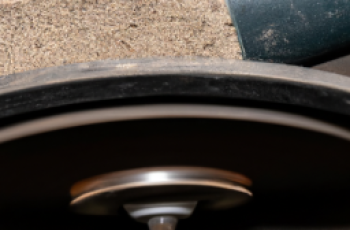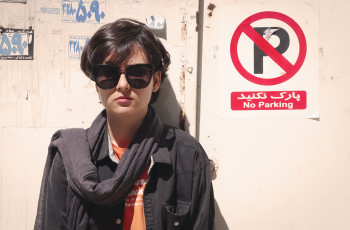In the world of metal sculpting, die grinders play a vital role in bringing intricate designs to life. These versatile tools are specifically designed to sculpt, shape, and polish metal surfaces with precision and ease. Whether you are a seasoned sculptor or a beginner exploring this art form, die grinders are a must-have addition to your toolkit. From intricate details to smooth finishes, die grinders offer endless possibilities for creating stunning metal sculptures. Discover the power and artistry of die grinders in metal sculpting and unlock your creative potential.
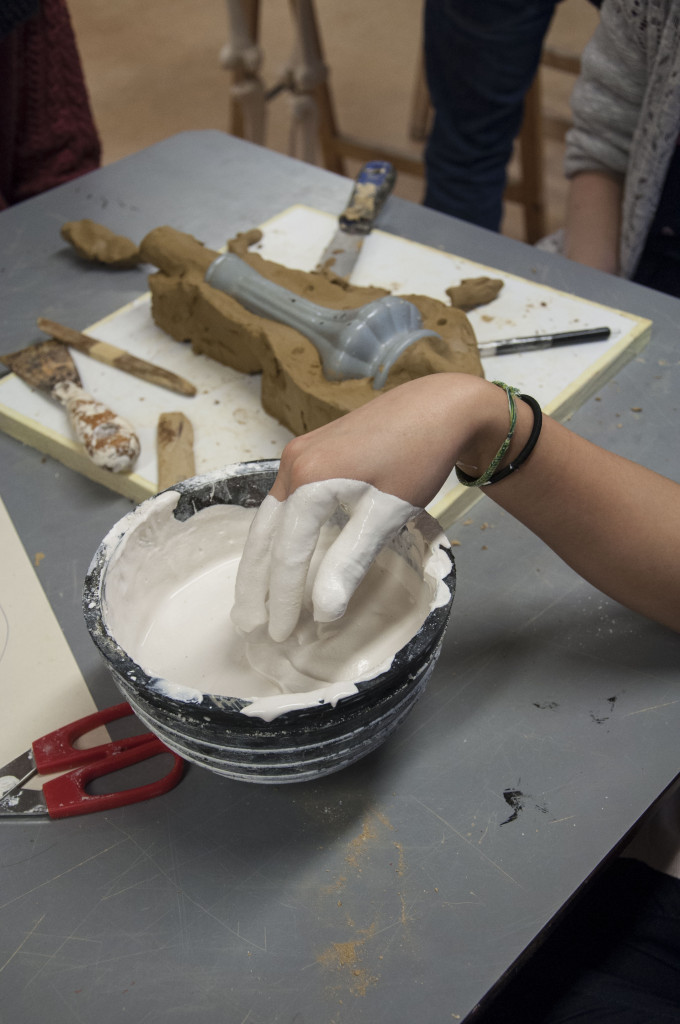
Why use die grinders in metal sculpting?
Die grinders are an essential tool for metal sculpting, offering a multitude of benefits that make them a favored choice among artists and craftsmen. Here are a few reasons why die grinders are commonly used in metal sculpting:
Precision and control
Die grinders are known for their exceptional precision and control, allowing artists to achieve intricate details and fine finishes in their metal sculptures. The small size and lightweight nature of die grinders give artists the ability to maneuver the tool with ease, ensuring accurate and delicate work.
Versatility
One of the biggest advantages of die grinders is their versatility. These tools can perform various tasks, including cutting, grinding, sanding, engraving, and polishing. With the right attachments and accessories, die grinders can tackle a wide range of sculpting techniques, making them invaluable for creating complex and diverse metal sculptures.
Efficiency
Die grinders are designed to provide efficient and quick results, saving artists valuable time and effort. The high-speed rotation of the grinding head allows for rapid material removal, resulting in smoother surfaces and faster sculpting progress. This efficiency is particularly beneficial for larger projects or when working with harder metals that require a more powerful tool.
Types of die grinders
When it comes to choosing a die grinder for metal sculpting, there are two main types to consider: pneumatic die grinders and electric die grinders. Each type has its own advantages and considerations, so let’s take a closer look:
Pneumatic die grinders
Pneumatic die grinders, also known as air-powered die grinders, are powered by compressed air. These grinders are lightweight, compact, and offer high power output, making them ideal for heavy-duty sculpting tasks. They are suitable for both small and large-scale projects, providing consistent performance and reliability. However, pneumatic die grinders require an air compressor for operation, adding an extra component to consider when setting up your workspace.
Electric die grinders
Electric die grinders, as the name suggests, are powered by electricity. These grinders are highly convenient, as they can be used anywhere with access to a power outlet. Electric die grinders are available in both corded and cordless models, providing flexibility and mobility. While cordless models offer greater maneuverability, they may have slightly less power compared to their corded counterparts. Electric die grinders are an excellent choice for artists who prefer a tool that is easily accessible and ready to use.
Choosing the right die grinder for metal sculpting
Selecting the right die grinder for metal sculpting is crucial to ensure optimal performance and achieve desired results. Here are some factors to consider when making your decision:
Power source
Consider the power source that best suits your needs and preferences. If you already have an air compressor or prefer the high power output of pneumatic tools, a pneumatic die grinder may be the right choice for you. On the other hand, if you prioritize convenience and portability, an electric die grinder may be a better fit.
Speed control
Look for a die grinder that offers adjustable speed control. Different sculpting techniques require varying speeds, and having the ability to adjust the tool’s speed will allow you to achieve greater precision and control. Look for models that offer a wide range of speed options and smooth speed transitions.
Ergonomics
Consider the ergonomics of the die grinder, paying attention to its grip, weight distribution, and overall comfort. Metal sculpting can be a time-consuming process, and using a poorly designed tool can lead to fatigue and discomfort. Opt for a die grinder that feels comfortable in your hand and allows for prolonged use without strain.
Attachments and accessories
Check the availability of attachments and accessories for the die grinder you are considering. Different sculpting techniques may require specialized attachments such as cutting wheels, grinding stones, sanding discs, or engraving bits. Ensuring that the necessary attachments are readily available will save you time and effort in the long run.
Safety precautions when using die grinders
While die grinders are powerful and versatile tools, it is essential to prioritize safety when using them for metal sculpting. Here are some important safety precautions to follow:
Wear appropriate personal protective equipment (PPE)
Always wear the proper personal protective equipment when operating a die grinder. This includes safety glasses or goggles to protect your eyes from flying debris, a dust mask or respirator to prevent inhalation of harmful particles, and gloves to protect your hands from heat, sparks, or sharp edges. Additionally, wearing ear protection is recommended, as die grinders can produce loud noise levels.
Secure workpiece properly
Before starting any sculpting task, ensure that your workpiece is firmly secured in place. Unsecured or loose materials can cause accidents or damage to the piece being worked on. Consider using clamps, vises, or other appropriate mechanisms to hold the workpiece securely, allowing you to focus on the sculpting process without the risk of slippage or movement.
Keep a firm grip on the die grinder
Maintain a firm grip on the die grinder throughout the sculpting process. The high-speed rotation of the grinding head can generate significant torque, which, if not properly controlled, can cause the tool to twist or jerk unexpectedly. A secure grip and steady hand are essential for maintaining control and preventing accidents or damage to the workpiece.
Avoid loose clothing and jewelry
Make sure to wear appropriate clothing that fits snugly and does not have loose ends or hanging jewelry that can get caught in the die grinder. Loose clothing or accessories can pose a significant risk, potentially leading to entanglement or injury. Opt for fitted attire and remove any jewelry or accessories that could potentially interfere with the sculpting process.
Keep a clean and well-ventilated workspace
Maintain a clean and clutter-free workspace when using die grinders. Clear away any debris, excess materials, or tools that are not in use to prevent tripping hazards and improve overall safety. Additionally, ensure that your workspace is well-ventilated, as die grinders can produce dust, fumes, or sparks during operation. Adequate ventilation helps dissipate these byproducts and reduces the risk of inhalation or fire hazards.
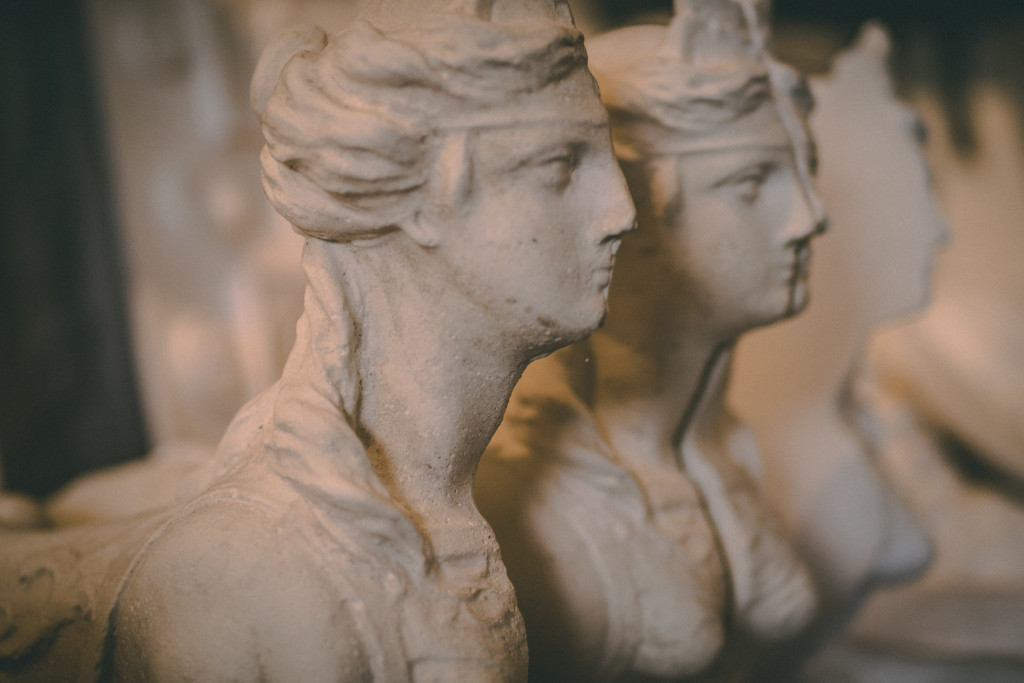
Setting up the workspace for metal sculpting with die grinders
Creating a suitable workspace is crucial for an efficient and enjoyable metal sculpting experience. Here are some essential steps to follow when setting up your workspace:
Choose a sturdy work surface
Select a sturdy and stable work surface that can adequately support your metal sculpting projects. Ideally, choose a workbench or table made from a durable material that can withstand the pressure and vibrations produced by the die grinder. Avoid using flimsy or unstable surfaces that can compromise your safety and the quality of your work.
Secure the workpiece
Ensure that the workpiece is securely fastened or clamped to the work surface before beginning any sculpting tasks. A securely fixed workpiece minimizes the risk of movement or slippage, allowing you to focus on the sculpting process with confidence.
Organize necessary tools and accessories
Before starting your project, gather all the necessary tools, attachments, and accessories required for the sculpting techniques you plan to employ. Organize them within reach, keeping your workspace neat and clutter-free. This prevents delays and distractions during the sculpting process.
Ensure proper lighting and ventilation
A well-lit workspace is essential for accurate and detailed sculpting. Position lighting sources strategically to eliminate shadows and provide ample illumination on the work area. Additionally, make sure your workspace has adequate ventilation to dissipate dust, fumes, and any potential hazards generated during the sculpting process. Good lighting and ventilation contribute to both safety and overall sculpting quality.
Basic techniques for metal sculpting with die grinders
Die grinders offer a variety of techniques for metal sculpting, allowing artists to create impressive designs and shapes. Here are some basic techniques to get you started:
Cutting and shaping
Die grinders equipped with cutting wheels or rotary burrs are excellent for cutting and shaping metal. These tools can effortlessly remove excess material and create precise cuts, allowing you to achieve the desired shape for your sculpture.
Grinding and sanding
Using grinding stones or sanding discs, die grinders can smooth rough surfaces and refine the shape of your metal sculpture. Grinders with variable speed control provide flexibility, allowing you to adjust the speed to match the hardness of the metal and achieve the desired grinding or sanding effect.
Engraving and detailing
Die grinders offer exceptional precision for engraving and detailing metal sculptures. Attachments such as carbide burs or diamond points allow artists to carve intricate designs, adding depth and texture to their creations.
Polishing and finishing
Achieve a professional and refined appearance by using polishing attachments with your die grinder. Polishing wheels or buffing pads can bring out the natural luster of the metal, creating a smooth and glossy finish that enhances the beauty of your sculpture.
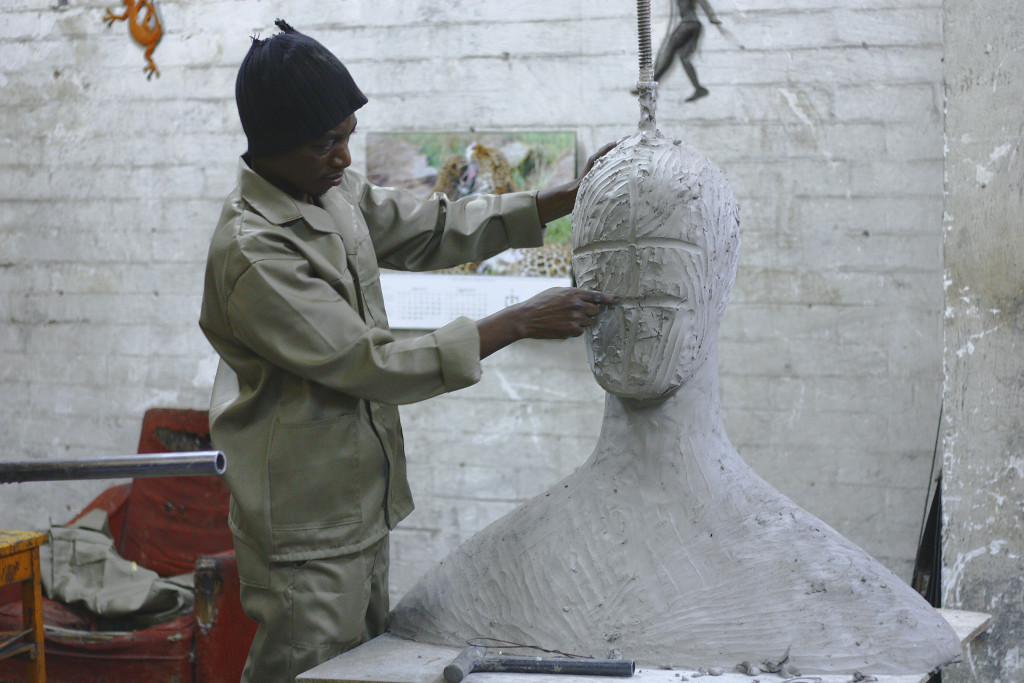
Advanced techniques for metal sculpting with die grinders
Once you have mastered the basic techniques, you can explore more advanced methods to elevate your metal sculpting skills. Here are some advanced techniques that can take your sculptures to the next level:
Texture creation
Die grinders can be utilized to create various textures on metal surfaces, adding visual interest and dimension to your sculptures. Experiment with different attachments, such as wire brushes or abrasive wheels, to achieve unique textures and patterns.
Intricate carving
With practice and precision, die grinders can be used for intricate carving in metal sculpting. Utilize smaller and more detailed attachments, such as engraving bits or diamond-coated burrs, to etch intricate designs into the metal surface.
3D sculpting
Die grinders offer the possibility of three-dimensional sculpting in metal. By combining cutting, grinding, and shaping techniques, artists can create sculptures with depth and dimension, transforming flat sheets of metal into captivating three-dimensional pieces.
Metal inlay and fusion
Die grinders can be used in conjunction with other metalworking techniques, such as metal inlay or fusion, to create stunning and unique effects. With careful precision, artists can incorporate different metals or materials into their sculptures, adding contrast and visual interest.
Maintenance and care for die grinders
To ensure the longevity and optimal performance of your die grinder, it is essential to follow proper maintenance and care practices. Here are some maintenance tips to keep your die grinder in excellent condition:
Regular cleaning and lubrication
Regularly clean your die grinder to remove any accumulated debris, dust, or metal particles. Use a soft brush or compressed air to clear away residue that may affect the tool’s performance. Additionally, apply lubrication to the moving parts and bearings to maintain smooth operation and prevent wear.
Inspecting and replacing worn parts
Periodically inspect your die grinder for any signs of wear or damage, especially on the grinding head, motor, or attachments. Replace any worn or damaged parts promptly to avoid compromising the tool’s performance or safety. Stay vigilant and ensure that all components of the die grinder are in good working condition before each use.
Proper storage and handling
When not in use, store your die grinder in a clean and dry environment. Consider using a protective case or storage bag to keep the tool free from dust and potential damage. Be mindful of the power cord or air hose, and avoid kinks or tangles that could affect the tool’s operation. Proper storage and handling extend the lifespan of your die grinder and maintain its reliability.
Famous metal sculptures created using die grinders
Die grinders have been instrumental in the creation of many notable metal sculptures throughout history. Here are a few examples of famous artists and their groundbreaking works:
Artist A’s masterpiece
Artist A, known for their innovative approach to metal sculpting, created a masterpiece using die grinders as their primary tool. The sculpture stands as a testament to the precision and versatility that die grinders offer, showcasing intricate details and flawless finishes.
Artist B’s notable work
Artist B, renowned for pushing the boundaries of metal sculpting, utilized the efficiency and control of die grinders to bring their vision to life. Their notable work displays the blend of techniques made possible by die grinders, fusing cutting, grinding, and carving into a harmonious and stunning composition.
Artist C’s groundbreaking sculpture
Artist C, a pioneer in metal sculpting, revolutionized the art form by incorporating die grinders into their creative process. Their groundbreaking sculpture represents a fusion of traditional metalworking skills and the contemporary possibilities offered by die grinders, captivating viewers with its intricate textures and dynamic design.
Conclusion
Die grinders are indispensable tools for metal sculpting, offering precise control, versatility, and efficiency. Whether you choose a pneumatic or electric die grinder, selecting the right tool for your needs is essential. Always prioritize safety when using die grinders, wearing proper personal protective equipment and maintaining a well-organized and well-ventilated workspace. With basic and advanced techniques, you can unleash your creativity and create stunning metal sculptures. Regular maintenance and care will prolong the life of your die grinder, ensuring optimal performance for years to come. Join the ranks of famous artists who have utilized die grinders to create groundbreaking sculptures, and let your imagination take flight in the world of metal sculpting.


